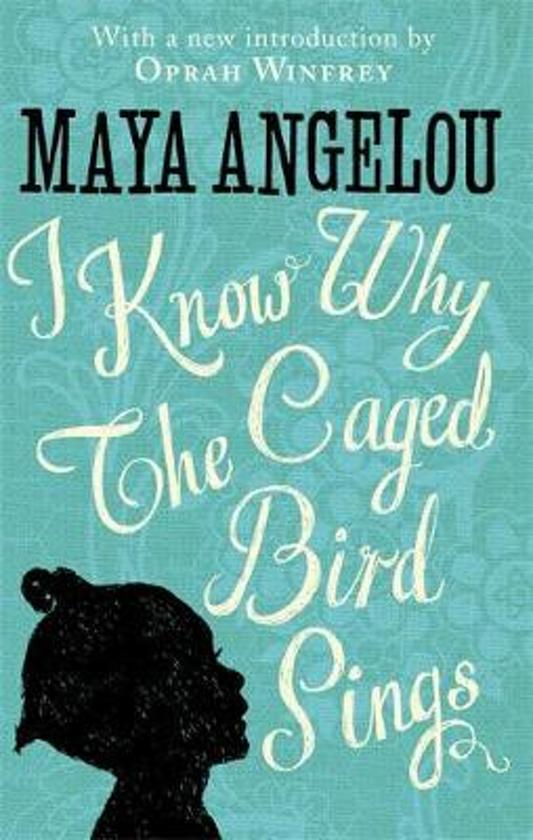

At the same time, though, Miss Angelou describes an underlying warmth, generosity and humor in the community: the people come together at the radio to listen to Joe Louis's defense of his crown the valedictorian of her class saves the graduation ceremonies by singing the Negro national anthem, written by the black poet James Weldon Johnson. A kind of informal formality guided relations among people one did what was necessary to live, thanked God for getting on, and hesitated about making demands on others. 'Preach It!': Still, the white world usually impinged only indirectly Miss Angelou's early life centered around church, school and her grandmother's store-the only black-owned shop in town.

The Klan might ride at night and her crippled Uncle Willie would have to hide in an empty vegetable bin at graduation ceremonies a white speaker might remind the students that a great future awaited them on the athletic and cotton fields the "powhitetrash" might taunt her grandmother and there was little anyone could do.

In Stamps, she writes, "the segregation was so complete that most Black children didn't really, absolutely know what whites looked like." Yet the white world remained an ever-hovering, dreaded threat. Her autobiography regularly throws out rich, dazzling images which delight and surprise with their simplicity: a call of nature in church ("…a green persimmon, or it could have been a lemon, caught me between the legs and squeezed"), cold cathead biscuits that "sat down on themselves with the conclusiveness of a fat woman sitting in an easy chair," and many other usually unnoticed incidents of daily life.īut Miss Angelou's book is more than a tour de force of language or the story of childhood suffering: it quietly and gracefully portrays and pays tribute to the courage, dignity and endurance of the small, rural Southern black community in which she spent most of her early years in the 1930s. Yet, her few years of almost complete silence-she continued to speak to her brother Bailey-actually served her well Miss Angelou-a former dancer, director and television scriptwriter who is now at work on her second novel-clearly heard, saw, smelled, tasted and seized hold of all the sounds and sights around her. "Just my breath, carrying my words out, might poison people… I had to stop talking." She appeared in court, failed to tell the whole truth and, after her assailant was found dead, concluded that her words could kill. She and her brother were shuttled back and forth between their mother in the North and grandmother in the small town of Stamps, Ark. "What are you looking at me for? I didn't come to stay…" With these words-from a poem that she stumbled over during a church recital-Maya Angelou opens her autobiography and conveys the diminished sense of herself that pervaded much of her childhood.


 0 kommentar(er)
0 kommentar(er)
